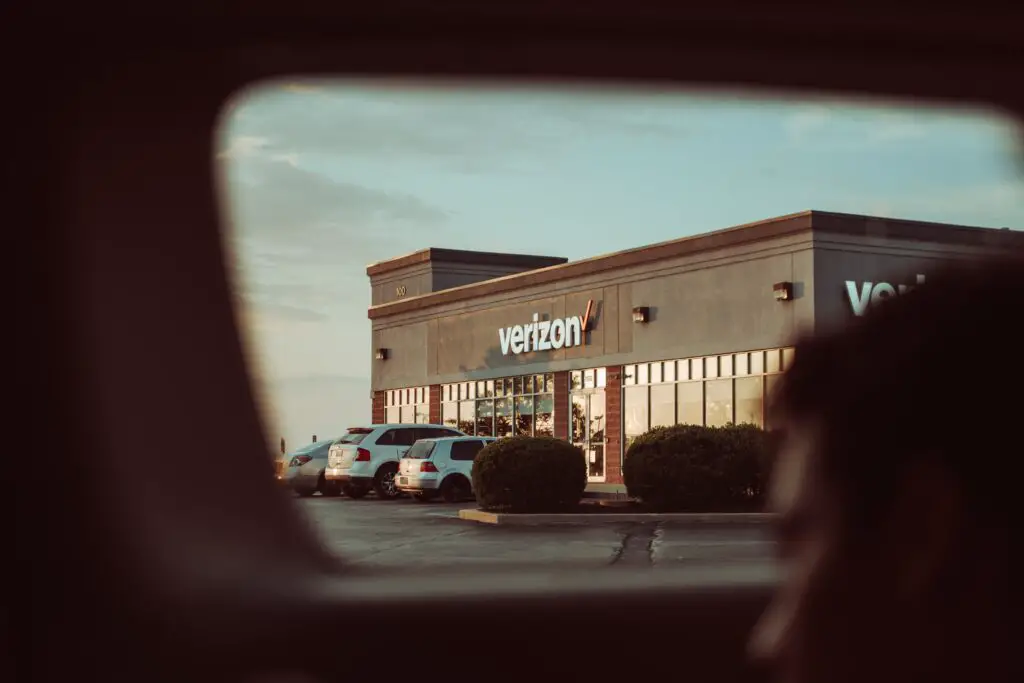Why is My Verizon Router Light Yellow?

If you’re experiencing a yellow light issue with your Verizon router, there’s no need to worry. You won’t have to spend hours searching internet forums or on the phone with customer service. That’s because we’ve got the answer for you right here.
Why is the Light Yellow on My Verizon Router?
Generally, a solid yellow light on a Verizon router and most routers indicates that there is no internet connection. You’ll notice this right away when you open up a new tab, browser, click on a link, or refresh your page. You will want to check for any loose or unplugged cable that may be causing the issue. Alternatively, rebooting your device, resetting your router to its default properties, or checking for malware or overheating issues will, in most cases, solve the issue.
How To Fix the Yellow Light Problem:
Thankfully, there are simple ways you can fix your yellow light issue. The loss of internet connection on a router has only a handful of causes. For example, it could be that service is down in your area or an issue with the router itself.
Check Connections
In some cases, a loose or unplugged cable can be the culprit behind the loss of internet connection on your router. Check the back of your router and other devices connected to it to ensure that all the cables are secure. If there’s a loose or unplugged cable, try plugging it in. Sometimes the small plastic tab on the top of an ethernet cable can break off, making the terminal end loose. In this case, you’ll need to replace the cable or have a technician come out with a new one if it’s the cable that connects to the outside.
You also want to check your coax cable, which screws into your box. Check the line coming from the wall to your box to see if you notice any breakage.
The Broadband Test
The first thing you want to try if you get a yellow light is to check your Ethernet connection. If you connect your ethernet cable, which normally connects to the router, directly into a desktop computer or laptop, and you get a connection, then there’s likely a hardware, setting, or software issue with the router.
Bad Cables
In rare cases, you could have a bad cable that needs to be replaced. Your cable that connects to your router from the outside may have been damaged, resulting in a loss of connection. Or, if you connect directly to your router using an ethernet cable, that cable could be faulty. You can easily check if your ethernet cable is working properly by connecting your computer to your router using a cable you know works. It’s probably a good idea to keep a brand new cable around for this purpose.
In cases where the outdoor cable is damaged, you’ll need to contact Verizon for a service technician to come out and replace it. If you suspect the outdoor cable is damaged, we strongly recommend you not try to change this cable yourself.
It’s always a good idea to have your cables replaced every few years to prevent the loss of connection due to wear and tear from sources like animals.
You can also cover your cables with protective shielding to help protect them from insects, rodents, and other creatures.
Also, it’s a good idea to perform routine checkups to make sure your cables are not damaged.
Reboot
This may sound a bit basic, but one method that works in many cases is simply rebooting your router. You can do this by powering off your router with the power button or unplugging it. You’ll want to leave it powered off or unplugged for at least 30 seconds and up to two minutes before turning it back on.
In some cases, your router may have a backup battery. Under those circumstances, you’ll need to disconnect the battery as well for a few seconds to completely reboot the system.
If your router’s connected to an ONT (Optical Network Terminal), you’ll need to unplug that as well. ONT terminals can be located inside or outside the home, and all Fios customers have one. Should this device become unplugged or lose power, there are occasions when your router may not receive a new Ip address, causing a loss of internet connection.
You also want to make sure you unplug any backup power source for your ONT device as well when rebooting.
Also, if you have an ONT box, you want to unplug and replug this device first. Wait until all the lights show solid green on the ONT box, then replug your router to see if it picks up a signal.
If you notice the light on your ONT box doesn’t show a solid green, then there’s a good chance the box is experiencing a bad connection or might be faulty.
Reset to Default
Resetting your router to its default settings may clear up the issue as well. This is sometimes the case if a setting was accidentally turned on or off or if your router was using a bad proxy address instead of automatic DHCP (Dynamic Host Configuration Protocol).
Most routers will have a reset button located somewhere on the back or bottom of the unit. These buttons are usually accessed using a pin. To reset your router, you’ll need to press the button for about 20 seconds. This should reset everything to factory default settings.
You’ll also want to have your login credentials handy, so you can complete the installation process.
Resetting your router also has other benefits, such as removing unwanted cache data being stored on your device and, in some cases, stopping ongoing attacks from malicious agents like hackers.
Check for Malware
In very rare instances, malware (virus) can hack your router and change your DHCP setting and direct your internet traffic through its own servers. When this happens, all of your personal information, such as passwords and any sensitive information you open up or share, can be captured on the hacker’s server.
Before resetting your router to default, you might also want to run a malware scan using a trusted antivirus program. This way, the hacker won’t just change your router’s settings again.
Check Router for Overheating Issues
If your router is getting too hot, this can impact its ability to connect to the internet.
Should your router feel like it’s too hot when you touch it, try unplugging it to let it cool off a bit. Then use some canned air or a brush to remove any debris from the router’s airflow vents. Consider moving the router, if possible, to a better-ventilated location before plugging it back in.
If the router continues getting hot, it could be an internal issue. In such a case, you may want to contact Verizon about obtaining a replacement router.
Verizon Extender
Should your Verizon extender show a solid yellow light, it’s because it’s ready to pair with your Verizon router. The light on your router will likely show a blinking blue light. To pair these two devices, you’ll need to press the buttons on both the extender and the router to complete the pairing.
Frequently Asked Questions
Here are a couple of common questions related to the yellow light issue with Verizon routers.
Can a Factory Reset of My Router Mess Up My Internet Connection?
For most users, the answer to this question is no. It’s likely that your router was already operating pretty close to factory settings, to begin with. However, for folks, like gamers who may customize certain settings, such as the DCHP, to connect to specialized servers, a factory reset will cause you to lose connectivity to those specific servers until the proper settings are re-established.
When Is It Time To Replace My Verizon Router?
Routers usually start showing their age with reduced internet speeds, sudden disconnections, and weaker signal strength, or in the worst-case scenario, completely stop working.
If you start noticing any of these signs, it may be time to contact Verizon and have them send you a new router or send a technician to your home to set one up.
What If the Yellow Light is Blinking?
A blinking yellow light usually indicates a loose cable. The unit is getting a partial signal but not a full signal. This light could also indicate a faulty cable as well that partially works. Try unplugging and replugging your cables to see if this clears your blinking yellow light.
What Color Should the Light On My Verizon Router Be?
The light that indicates a normal working internet status on your Verizon router will be white.
A blinking blue light indicates your router is ready to pair with a device, while the solid white light indicates the pairing was a success.





